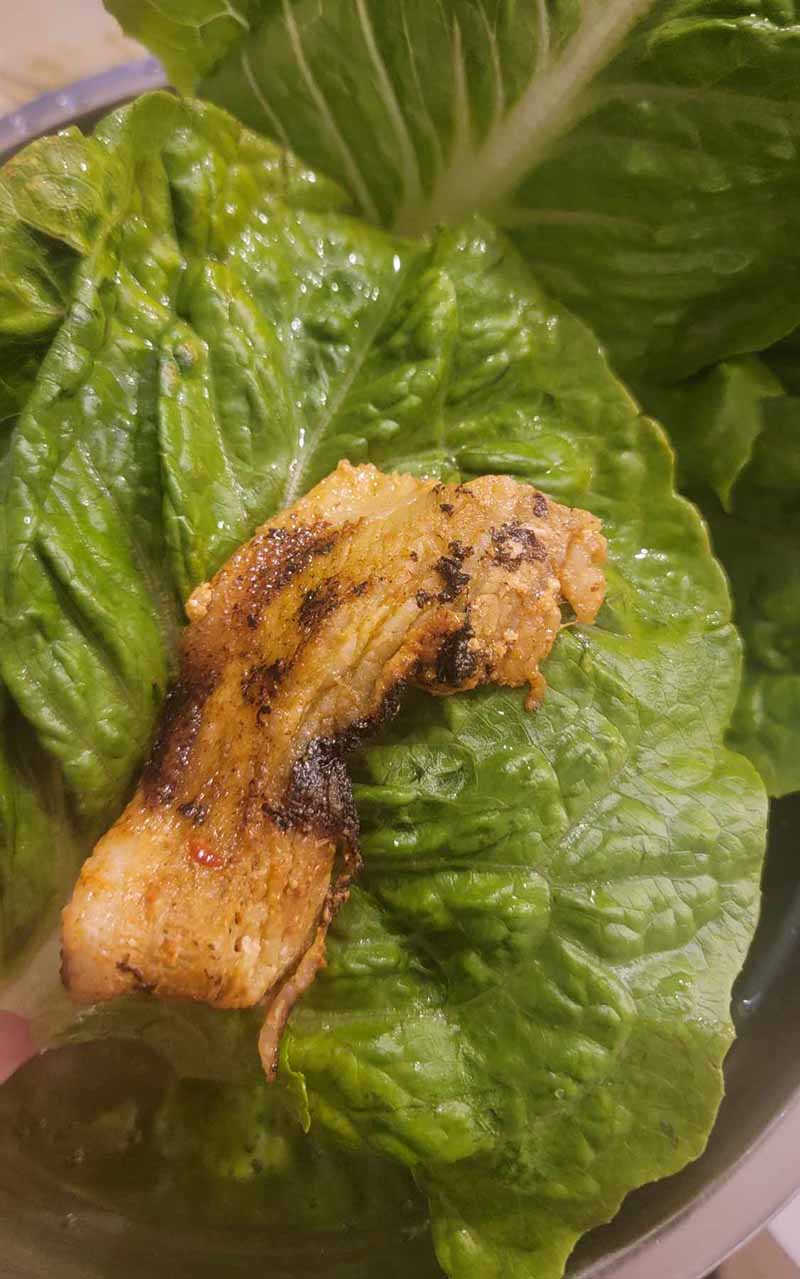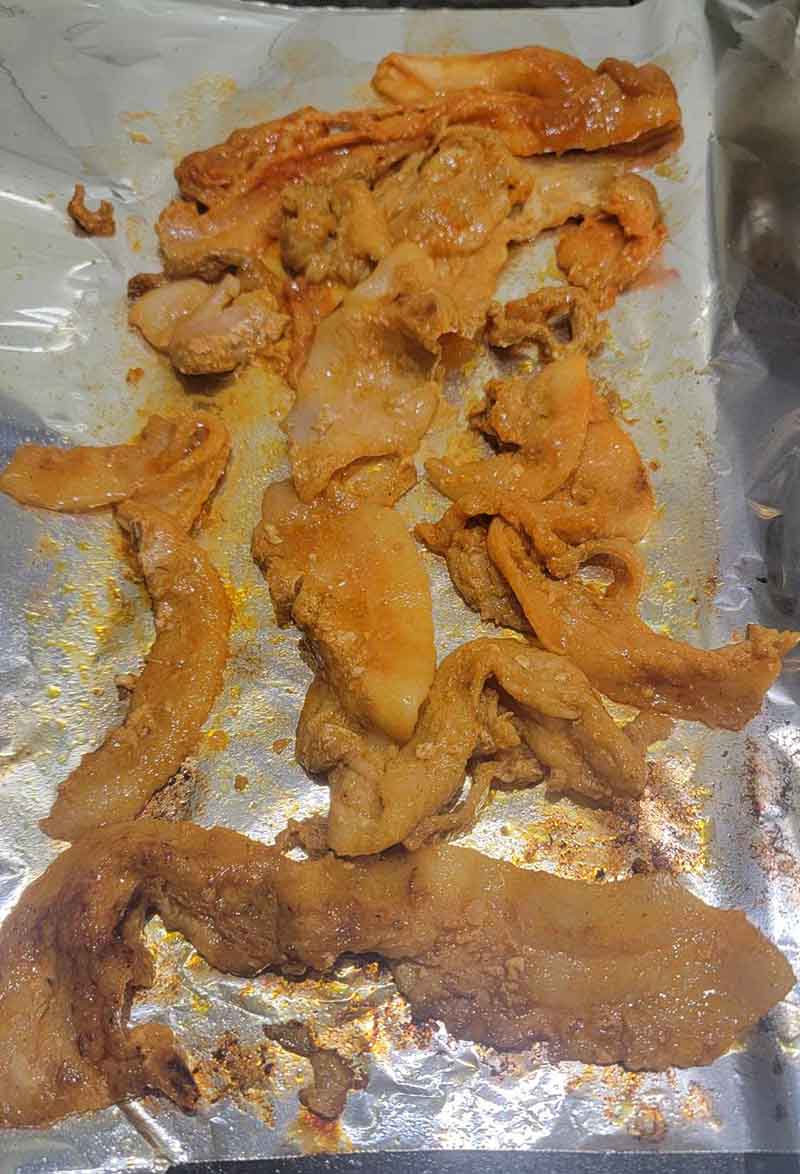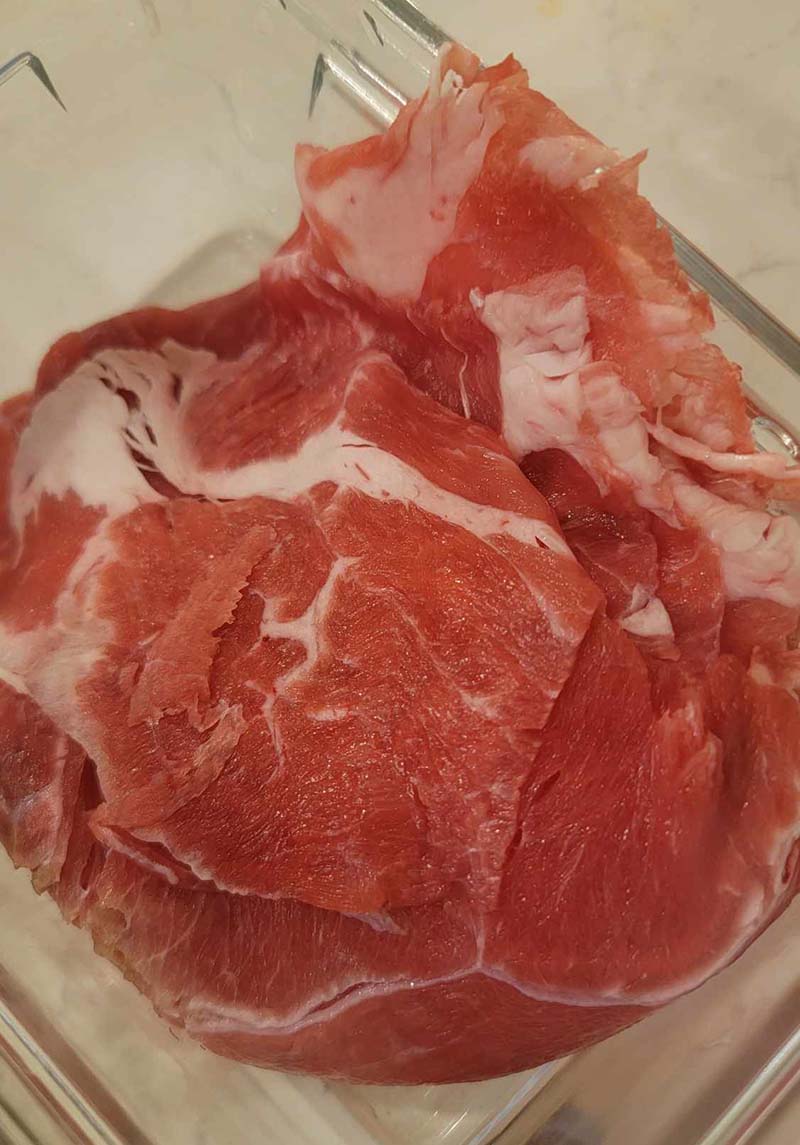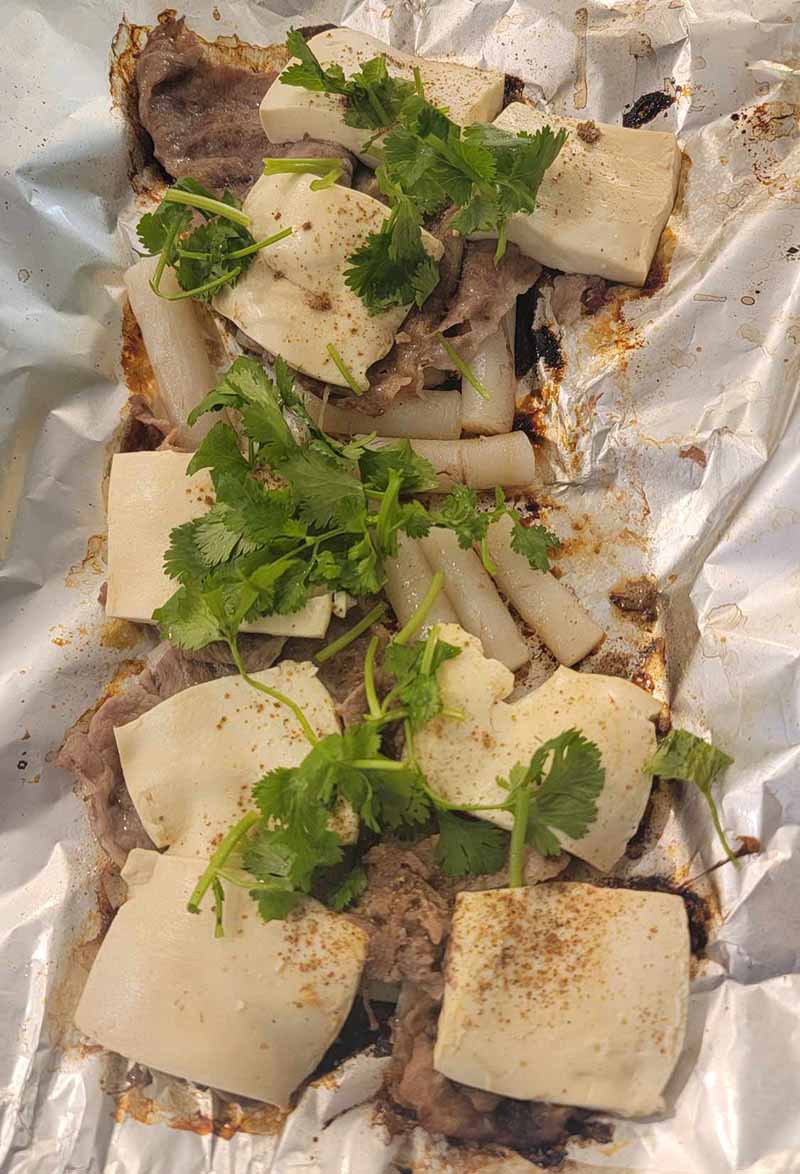 Korean BBQ has always been one of my favorite dining experiences. It’s perfect for family gatherings, dinner with friends and includes an activity as well as a meal. The process of grilling meats custom to your liking is one of the reasons why it’s as much of an experience as it is a meal. For years, I’ve ate out at Korean restaurants and local Korean BBQ joints but, recently, I’ve discovered a local butcher that sells thinly sliced meats that sparked a new idea for Korean BBQ at home. Here’s how you can recreate the feast in your own kitchen.
Korean BBQ has always been one of my favorite dining experiences. It’s perfect for family gatherings, dinner with friends and includes an activity as well as a meal. The process of grilling meats custom to your liking is one of the reasons why it’s as much of an experience as it is a meal. For years, I’ve ate out at Korean restaurants and local Korean BBQ joints but, recently, I’ve discovered a local butcher that sells thinly sliced meats that sparked a new idea for Korean BBQ at home. Here’s how you can recreate the feast in your own kitchen.
Korean BBQ at home doesn’t require a lot of fancy equipment. In fact, for myself, instead of a tabletop grill, I sometimes just grill the meats on the stove and pull up a counter-height chair to eat at the stove top. Ok, I know this isn’t glamorous but it certainly makes the clean-up process very simple! In the comfort of your home, you can control the quality of the ingredients and use cuts of meat that you love rather than have to be subject to a fixed menu option. You can also eat in a more relaxed atmosphere and host as many people or as few people as you’d like. It also gave me an opportunity to experiment with different sauces, grilling techniques, and marinades for my various grilled meats.
Here is some basic equipment that might improve your dining experience.
 A tabletop grill or griddle: A portable electric grill or a stovetop grill pan works great. However, if you’re lazy like me, you can simply pull up a chair to your stove top and use a cast-iron grill (stove-top) to cook the meats quickly and with extra flavor from the cast iron.
A tabletop grill or griddle: A portable electric grill or a stovetop grill pan works great. However, if you’re lazy like me, you can simply pull up a chair to your stove top and use a cast-iron grill (stove-top) to cook the meats quickly and with extra flavor from the cast iron.
Tongs and scissors: In Korean BBQ, meat is often cut directly on the grill using kitchen scissors.
Fresh, quality ingredients: This is the heart of a great Korean BBQ meal.
Best meats for Korean BBQ
 Bulgogi (Marinated Beef): Thinly sliced ribeye or sirloin marinated in a sweet soy-based sauce.
Bulgogi (Marinated Beef): Thinly sliced ribeye or sirloin marinated in a sweet soy-based sauce.
Samgyeopsal (Pork Belly): Unmarinated slices of pork belly that crisp up beautifully on the grill.
Dak Bulgogi (Chicken BBQ): Chicken thighs marinated in a spicy or sweet marinade.
Galbi (Marinated Short Ribs): Bone-in short ribs marinated in a savory-sweet mix.
Korean BBQ also features various side dishes also known as Banchan. The assortment of different flavors that come with Banchan helps cut the grease from the meat but also switches up the flavor profile which means you can keep enjoying your Korean BBQ for longer.
Some classics include:
Kimchi: Fermented cabbage with a spicy kick.
Japchae: Stir-fried glass noodles with vegetables.
Sigeumchi Namul: Seasoned spinach with sesame oil.
Gyeran Jjim: Fluffy steamed eggs.
For my at-home Korean BBQ, I did not have any banchan, but I highly recommend kimchi, fermented or pickled daikon and seaweed salad.
For dipping sauces, these can be as complex as you’d like them or as simple. For example, in my first Korean BBQ home experience, I only purchased gochujang (Korean chilli paste) which is a thick flavorful paste made from fermented soybean. It is used in many Korean dishes and never a mistake when added to rice or meats. At the restaurant, usually a variety of sauces may be used including sesame or peanut based pastes that help bring additional flavors to the grilled meats.
Here’s a step-by-step walk-through of the process including ingredients that will wow your guests.
Prepare the Meats

I also grilled some less traditional items such as tofu sandwiched between thin slices of beef and korean rice cake (tteokbokki)
Preparation is very important as much of the labor of cooking is taken care of for you during your gathering or feast.
Bulgogi (Korean BBQ Beef) Recipe Ingredients:
- 500g beef ribeye, thinly sliced
- 1/4 cup soy sauce
- 2 tbsp sugar
- 2 tbsp sesame oil
- 1 tbsp minced garlic
- 1/2 Asian pear, grated (or 1 tbsp pear juice)
- 1/2 onion, finely chopped
- 1 tbsp sesame seeds
- 1/4 tsp black pepper
Instructions:
- In a large bowl, combine soy sauce, sugar, sesame oil, garlic, pear, onion, sesame seeds, and pepper.
- Add the sliced beef to the marinade and mix well. Let it marinate for at least 30 minutes (preferably overnight for better flavor).
- When ready to cook, grill the beef on a medium-high heat grill, flipping once, until browned and cooked through (about 2-3 minutes per side).
Samgyeopsal (Grilled Pork Belly) Ingredients:
- 500g pork belly slices
- Salt and pepper to taste
- Ssamjang (for dipping)
- Sesame oil sauce (for dipping)
Instructions:
- Season the pork belly slices lightly with salt and pepper.
- Grill on medium heat until crispy and golden on the outside (5-6 minutes per side).
- Serve with lettuce leaves, ssamjang, and dipping sauces.
Grill and Serve
As each meat finishes grilling, place it onto a communal plate. Guests can grab the grilled meat and create their own wraps using lettuce leaves. Simply place a piece of meat in a leaf, top with banchan like kimchi, and add a dab of ssamjang.
W4: I also grilled some less traditional items such as tofu sandwiched between thin slices of beef and korean rice cake (tteokbokki)
